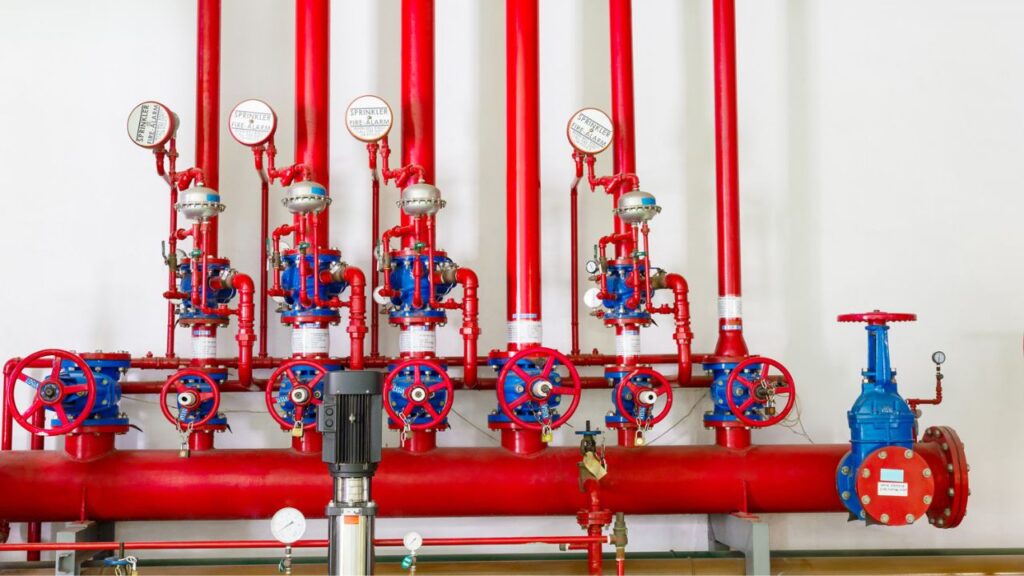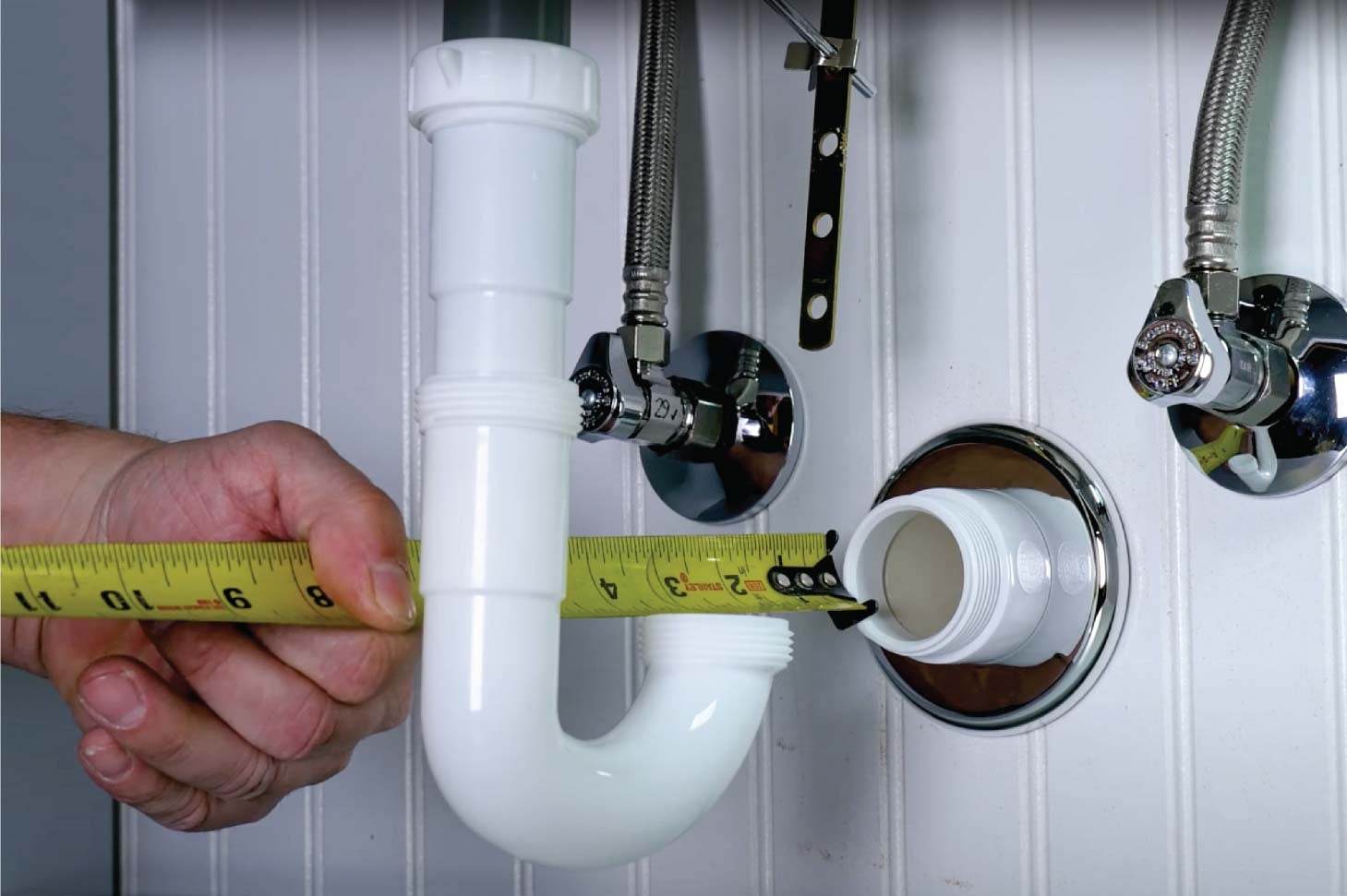This great article further down involving Understanding Your Home's Plumbing Anatomy is truly captivating. Don't overlook it.

Understanding exactly how your home's plumbing system functions is crucial for every house owner. From supplying tidy water for alcohol consumption, food preparation, and showering to securely getting rid of wastewater, a well-maintained plumbing system is critical for your family's health and convenience. In this thorough overview, we'll discover the intricate network that composes your home's pipes and offer suggestions on maintenance, upgrades, and handling typical issues.
Introduction
Your home's plumbing system is more than just a network of pipelines; it's a complicated system that ensures you have access to tidy water and effective wastewater removal. Knowing its parts and exactly how they collaborate can aid you stop pricey repair services and guarantee everything runs smoothly.
Basic Elements of a Plumbing System
Pipes and Tubes
At the heart of your plumbing system are the pipelines and tubing that carry water throughout your home. These can be constructed from different materials such as copper, PVC, or PEX, each with its benefits in terms of resilience and cost-effectiveness.
Components: Sinks, Toilets, Showers, etc.
Components like sinks, bathrooms, showers, and bathtubs are where water is made use of in your home. Recognizing how these components connect to the pipes system assists in diagnosing problems and planning upgrades.
Shutoffs and Shut-off Factors
Valves control the flow of water in your pipes system. Shut-off shutoffs are important during emergency situations or when you need to make repair services, permitting you to isolate parts of the system without interfering with water flow to the whole house.
Water System System
Main Water Line
The major water line connects your home to the metropolitan water or a personal well. It's where water enters your home and is dispersed to different components.
Water Meter and Pressure Regulatory Authority
The water meter measures your water usage, while a stress regulator guarantees that water moves at a risk-free stress throughout your home's plumbing system, stopping damages to pipes and components.
Cold Water vs. Hot Water Lines
Recognizing the distinction in between cold water lines, which provide water directly from the main, and hot water lines, which lug heated water from the hot water heater, aids in troubleshooting and preparing for upgrades.
Drainage System
Drain Water Lines and Traps
Drain pipes lug wastewater far from sinks, showers, and commodes to the sewer or sewage-disposal tank. Traps stop drain gases from entering your home and also catch debris that might cause blockages.
Air flow Pipes
Air flow pipes permit air into the water drainage system, avoiding suction that can slow drain and cause traps to vacant. Proper air flow is necessary for maintaining the stability of your pipes system.
Significance of Correct Drainage
Making sure proper drain protects against backups and water damage. Frequently cleansing drains and maintaining traps can protect against pricey repairs and prolong the life of your pipes system.
Water Heating System
Kinds Of Hot Water Heater
Hot water heater can be tankless or typical tank-style. Tankless heaters warm water as needed, while containers keep warmed water for prompt use.
Upgrading Your Pipes System
Factors for Upgrading
Upgrading to water-efficient fixtures or replacing old pipes can enhance water top quality, minimize water costs, and increase the value of your home.
Modern Plumbing Technologies and Their Advantages
Discover modern technologies like smart leak detectors, water-saving toilets, and energy-efficient water heaters that can conserve cash and decrease environmental effect.
Cost Considerations and ROI
Calculate the upfront costs versus lasting financial savings when taking into consideration pipes upgrades. Lots of upgrades spend for themselves with lowered energy expenses and fewer repairs.
How Water Heaters Attach to the Pipes System
Comprehending exactly how water heaters connect to both the cold water supply and warm water circulation lines assists in identifying issues like not enough warm water or leaks.
Maintenance Tips for Water Heaters
Consistently flushing your water heater to get rid of debris, inspecting the temperature level settings, and evaluating for leakages can prolong its life expectancy and enhance energy performance.
Typical Plumbing Issues
Leakages and Their Causes
Leaks can take place because of aging pipelines, loose installations, or high water pressure. Attending to leaks without delay prevents water damages and mold development.
Clogs and Clogs
Blockages in drains and toilets are usually triggered by purging non-flushable items or a build-up of oil and hair. Utilizing drainpipe displays and bearing in mind what decreases your drains can avoid obstructions.
Indicators of Pipes Problems to Watch For
Low tide pressure, slow-moving drains, foul odors, or unusually high water expenses are indicators of potential pipes problems that need to be dealt with promptly.
Pipes Upkeep Tips
Regular Inspections and Checks
Schedule annual pipes evaluations to capture issues early. Seek signs of leakages, corrosion, or mineral accumulation in faucets and showerheads.
DIY Upkeep Tasks
Easy jobs like cleaning faucet aerators, looking for toilet leakages utilizing color tablets, or protecting revealed pipes in chilly environments can prevent major pipes issues.
When to Call an Expert Plumbing Professional
Know when a plumbing problem calls for specialist competence. Trying complex repair services without correct knowledge can lead to more damages and greater repair costs.
Tips for Minimizing Water Use
Simple practices like fixing leaks immediately, taking much shorter showers, and running full loads of laundry and meals can preserve water and reduced your utility bills.
Eco-Friendly Plumbing Options
Think about lasting pipes materials like bamboo for flooring, which is durable and environment-friendly, or recycled glass for kitchen counters.
Emergency situation Preparedness
Steps to Take During a Plumbing Emergency situation
Know where your shut-off shutoffs are located and exactly how to switch off the supply of water in case of a burst pipeline or significant leakage.
Importance of Having Emergency Situation Calls Handy
Keep call info for neighborhood plumbing professionals or emergency situation services readily available for quick reaction throughout a pipes situation.
Ecological Impact and Conservation
Water-Saving Fixtures and Appliances
Mounting low-flow taps, showerheads, and commodes can substantially minimize water use without compromising performance.
DIY Emergency Fixes (When Appropriate).
Short-term fixes like using duct tape to patch a leaking pipe or placing a bucket under a trickling tap can lessen damages up until an expert plumbing arrives.
Conclusion.
Recognizing the makeup of your home's pipes system encourages you to keep it successfully, saving money and time on repair services. By complying with routine maintenance regimens and remaining notified about modern-day plumbing modern technologies, you can ensure your pipes system runs efficiently for many years to come.
HOW YOUR PLUMBING SYSTEM WORKS
Which Pipes Do What?
Blue lines = fresh water supply entering the building Red lines = hot water supply entering the building Grey lines = pipes carrying waste away from the building and venting pipes carrying gases away from the building (through the roof) YOUR MAIN PLUMBING SYSTEMS
There are two main plumbing systems that support your home s basic plumbing needs one that brings clean water into your home, and one that sends dirty water away from your home. Connected to the toilet, bath, shower, and other faucets in your home, these two systems keep your water flowing in the right directions.
ACCESSING FRESH WATER
Fresh and clean water is brought into your home through the main water supply line . Filtered through one pipe, this water is pressured to flow into the various fixtures in your home at any given time.
This water can be sourced from a well located on your property, a pond or river (mostly cottages), or, as in most cases, from the city s municipal water treatment centre. However, it is important to note that water that is untreated, such as the water siphoned from ponds or rivers, may not be safe to drink. Personal water supplies always need to be treated for hardness and contaminants before consumed.
MUNICIPAL WATER SUPPLIES
Improve taste and odour Remove sediment Eliminate hardness Reduce chlorine COLD WATER SUPPLY VS. HOT WATER SUPPLY
Cold water flows into your home or building through the service line, which then distributes hot or cold water to your fixtures. This line is most commonly run through a central column that runs floor to floor. Hot water runs in short and straight pipes as the longer the pipeline, the more heat that will be lost in the transfer. Having shorter pipes also allows residents to access hot water more quickly.
WASTE WATER SYSTEM
Your wastewater system is divided into two parts pipes that send wastewater away from your home and venting pipes that send sewer gas away from your home. Sewage water travels through pipes that flush the water and waste towards local sewers that are operated and managed by your city or town. Most sewer systems rely on gravity to move the wastewater to where it needs to go.
The further away from your toilet or sink, the larger wastewater pipes become. This allows for waste to be disposed of from various parts of your home or business at once without pipe blockages. The angle and flow of these pipes are also essential for keeping your waste pipes clear of build up.
https://harrisplumbing.ca/how-your-home-plumbing-system-works/

Do you like more info about Plumbing Installation 101: All You Need to Know? Try to leave a short review down the page. We will be pleased to find out your feelings about this write up. Hoping to see you back again before long. If you appreciated our page please remember to pass it around. Thanks a lot for your time. Come back soon.
Get Estimate